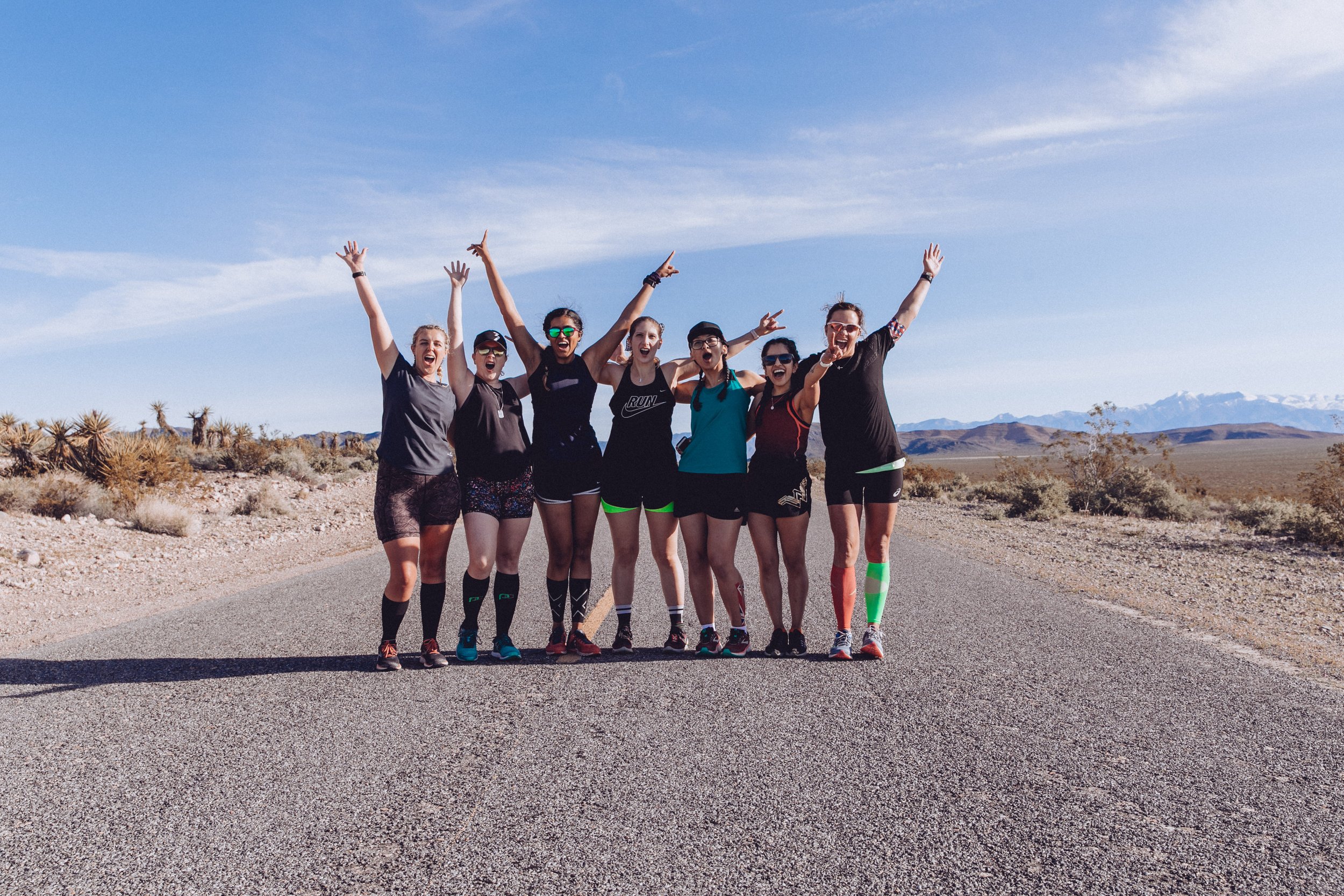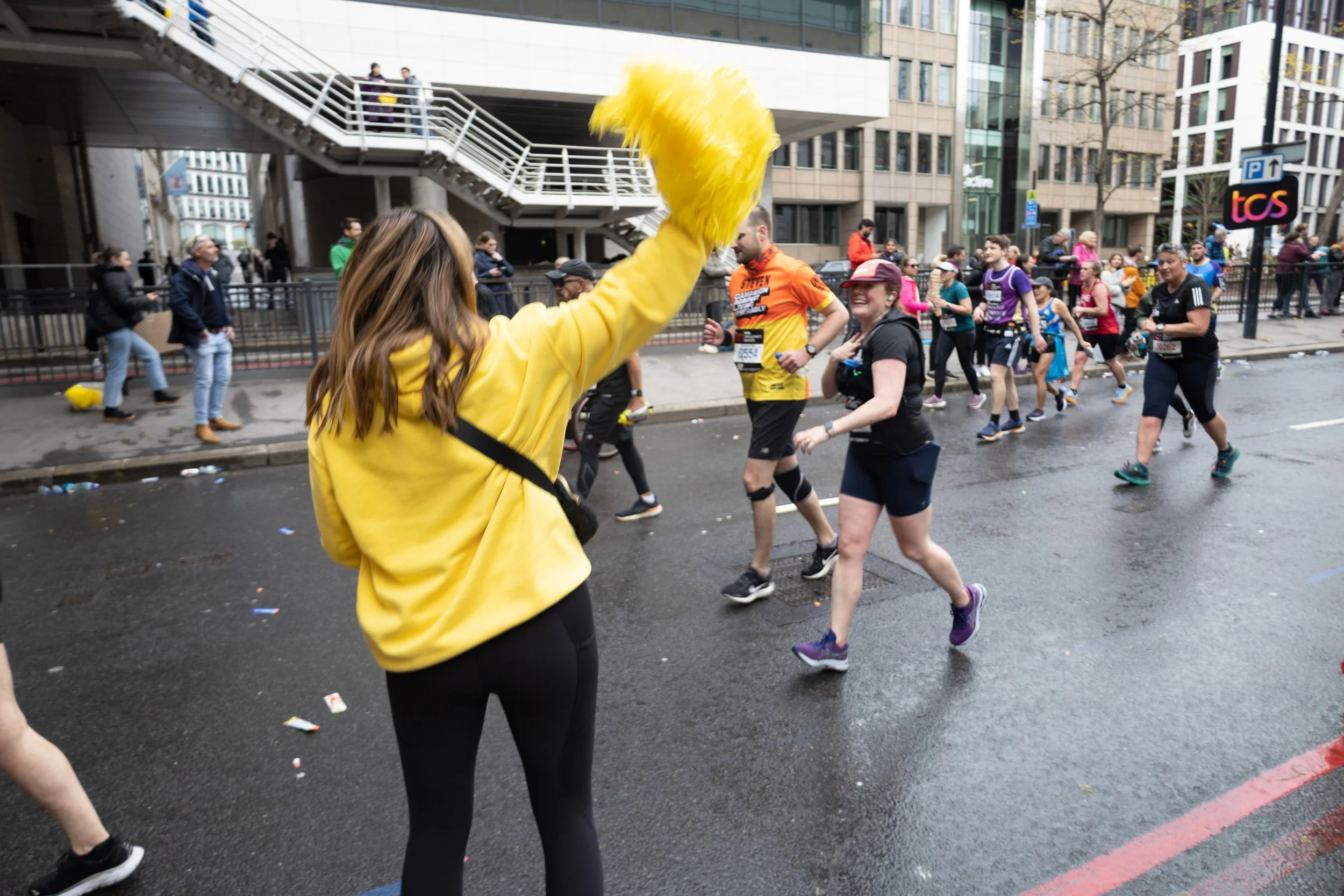Mind The Pain Gap with Daye
AD - Affiliate - this post contains affiliate links.
You've heard about the gender pay gap, but do you know about the gender pain gap?
In 2001 researchers at Maryland University published a study called ‘The Girl Who Cried Pain: A Bias Against Women in the Treatment of Pain’ which found that women were less likely to receive aggressive treatment and were more likely to have their pain dismissed or characterised as ‘emotional’, ‘psychogenic’ and, in short, not real. The Institutes of Medicine’s 2011 report ‘Relieving Pain in America’ reported similar findings commenting that women not only suffer from pain more than men, but that their concerns were less likely to be taken seriously by medical professionals. It’s shocking to think about, but it reflects my own experiences as a woman with menstrual problems pretty accurately, I remember visiting the school nurse with crippling period pain only to be told I couldn’t possibly be telling the truth as menstruation doesn’t cause a lot of pain. I can assure you that it does, but those experiences of not having my pain taken seriously as a teenager made me feel like I was being melodramatic and overreacting. It put me off seeking help for a long time.
Why wouldn’t the medical profession take women’s pain seriously?
UNCONSCIOUS BIAS - I don’t blame the school nurse for telling me I was being hysterical when I complained about my period pain because centuries of unconscious bias and a lack of research has created a phenomenon where women who complain about their periods are sidelined and dismissed by the medical community and their concerns written off as a normal part of womanhood. What’s more, as women we’re encouraged to understate the pain we experience so that we don’t come across as difficult or dramatic. Unconscious bias often means that it takes longer for women to be diagnosed, for example endometriosis affects 1 in 10 women and costs the UK economy 2.4bn per year, yet on average it takes 7.5 years to diagnose (Endometriosis UK)
THE RESEARCH GAP - Until 1993 the FDA banned women from clinical trials because it was believed that the female menstrual cycle would pollute the data. Because women have historically been excluded from research we’ve ended up with a healthcare system that caters to men and that this has left gaps in our knowledge which means doctors are falling back on the idea that women who complain about pain are being hysterical (Young et al 2018) and their complaints are more likely to be dismissed (Institute of Medicine, 2011). Whats more the research gap means that the treatments we do have for pain - should our doctors take us seriously - are limited and might not have be tested on female physiology.
THE TREATMENT GAP - Research published in the journal Academic Emergency Medicine (Chen et al, 2008) found that women who presented with abdominal pain were 25% less likely to receive pain medication and wait 26 minutes longer than men to receive pain relief due to gender bias. A further study (Pletcher et al, 2008) found that women were between 13% and 25% less likely to receive opioids when they’re suffering, with even lower percentages for Black women and WOC. When it comes to period pain Frank Tu, director of gynecological pain at NorthShore University HealthSystem explained in a 2016 article that some doctors are taught that ibuprofen “should be good enough”, even through John Guillebaud, professor of reproductive health at University College London, has said that period pain can be “almost as bad as having a heart attack (2016).
image: Erin Rommel
Closing the Pain Gap
The gender gap in medical research and innovation has gone on for too long and it’s not something we talk about enough. That’s why I’m proud to get behind the #MindThePainGap program. Launched by Daye as part of their commitment to closing the gender gap in medical research and innovation, #MindThePainGap raises awareness about female pain and a small step towards acknowledging the gender pain gap and making painful periods a thing of the past.
Here are a few things you can do to #MindThePainGap:
SHARE YOUR STORIES - There are lots of women suffering in silence, but it only takes one person sharing their story to get others to open up. The more women who are open about how they experience pain the more attention the issue will get.
SPEAK TO YOUR DOCTOR - I know from experience that speak to your doctor about period pain can be really difficult. On more than one occasion I’ve been told that there’s nothing they can do or that I just need to get on with things, and that can be really hard to deal with. However, if you’re struggling with pain it’s important you keep trying. If you see a doctor who doesn’t take your pain seriously ask to see someone else and keep asking until your pain is taken seriously.
SUPPORT BUSINESSES THAT INVEST IN WOMEN’S HEALTH - Sometimes the best thing you can do is to put your money where your mouth is and spend your money on products from businesses that invest in research that aims to overcome historical gender bias in medical research and innovation, businesses like Daye. Daye creates women’s health products that are sustainably sourced, recyclable, clinically validated and that support ongoing work to close the gender gap.
Do you struggle with period pain? Have you spoken to your doctor about it? Let me know in the comments!
* I earn a small commission when you purchase Daye through my affiliate link, but it doesn’t affect the price you pay and it helps me to keep this blog going.
References
Chen EH, Shofer FS, Dean AJ, et al. (2008) Gender disparity in analgesic treatment of emergency department patients with acute abdominal pain. Acad Emerg Med. 2008;15(5):414‐418. doi:10.1111/j.1553-2712.2008.00100.x
Hoffmann, D. E., & Tarzian, A. J. (2001). The Girl Who Cried Pain: A Bias against Women in the Treatment of Pain. The Journal of Law, Medicine & Ethics, 28(4_suppl), 13–27.
Institute of Medicine (US) Committee on Advancing Pain Research, Care, and Education (2011) Relieving Pain in America: A Blueprint for Transforming Prevention, Care, Education, and Research. Washington (DC): National Academies Press (US)
Pletcher MJ, Kertesz SG, Kohn MA, Gonzales R (2008) Trends in opioid prescribing by race/ethnicity for patients seeking care in US emergency departments. JAMA. 2008;299(1):70‐78. doi:10.1001/jama.2007.64
Young, K., Fisher, J., & Kirkman, M. (2019). “Do mad people get endo or does endo make you mad?”: Clinicians’ discursive constructions of Medicine and women with endometriosis. Feminism & Psychology, 29(3), 337–356.
Other statistics care of Daye.












